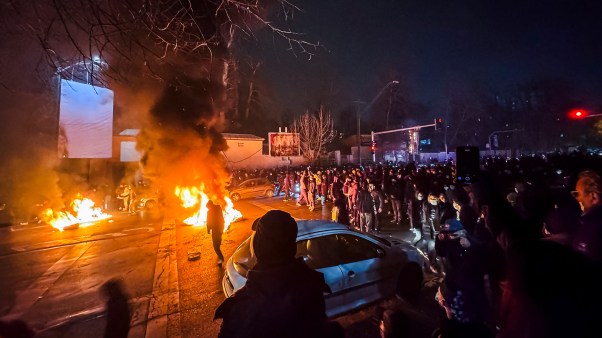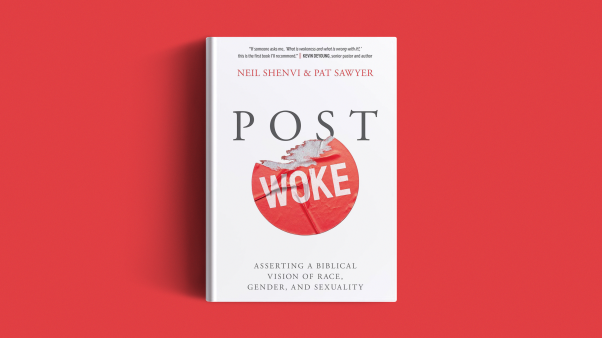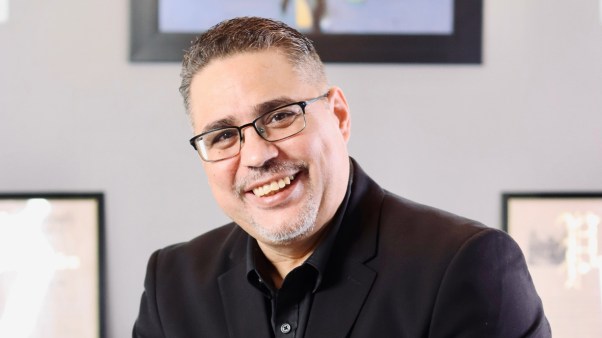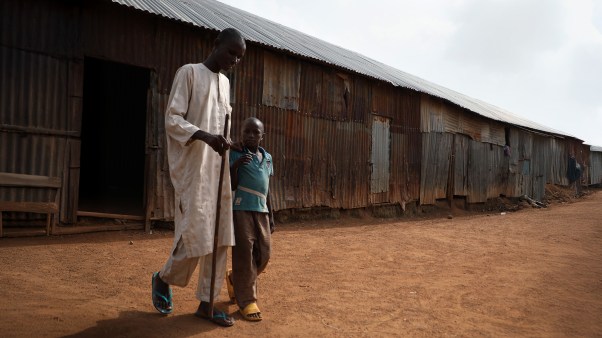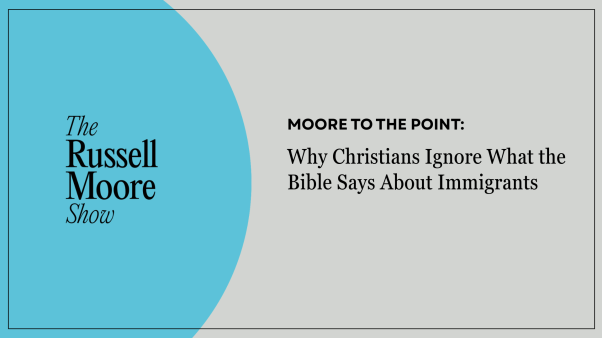For much of its history, the Western church has been instructed by the lives of missionaries. Often risking their health, always forced by circumstances to innovate, missionaries set the pattern for adventurous faith on the frontier. Their biographies are not only inspiring; they, like the Book of Acts, also expand our vision beyond the predictable and comfortable precincts of home.
Today, Western missionaries may be less likely to tell such frontier tales, while a new set of role models—majority world Christians—has emerged. This new generation is highly visible at international conferences, doing for the global church what missionaries have long done for the Western church. Cambodian evangelist Barnabas Mam, author of Church Behind the Wire: A Story of Faith in the Killing Fields (Moody), makes a compelling example.
Raised as a Buddhist (as an adolescent he lived and worked in his uncle’s Phnom Penh temple), Mam became a Communist in the turbulent early 1970s. His mentor sent him to spy on an evangelistic meeting led by World Vision president Stan Mooneyham. (Communists saw Christians as patently American, Mam writes, and thus as enemies of Cambodian nationalism.)
The spy, however, was caught by Mooneyham’s preaching and led to Christ. It was joy and new life from the first day. Mam joined a church and spent three years absorbing his new faith.
Then, in 1975, Pol Pot’s Khmer Rouge came to power. Phnom Penh was evacuated, ostensibly because American armed forces were about to bomb it. The Khmer Rouge left the cities vacant, attempting to eliminate all vestiges of modern life. Buddhist monks were slaughtered. So was anyone attached to the old regime, along with anybody educated. Merely wearing glasses or speaking a second language was grounds for execution. Professing Christ was a death sentence.
Mam’s story wisely balances grace and suffering, thus serving as an antidote both to prosperity teaching and to overglorified suffering.
Mam describes the chaos he experienced in those years as he wandered from place to place and, while a prisoner, faced nightly interrogations. Many were executed; starvation was an unrelenting enemy. Millions of Cambodians lost their lives in the Killing Fields, but by the grace of God Mam survived. When the Vietnamese army liberated his country in 1979, he was able to find his wife, his mother, and two daughters. His father and all his siblings had been killed. His wife, whom he had married unofficially early in the chaos of Pol Pot’s regime, soon left him.
Returning to Phnom Penh, Mam found only a handful of surviving Christians. Pro-Vietnamese authorities still forbade Christian gatherings, so churches met in secret. Mam became active in writing and performing indigenous worship music, a great shift from the Westernized music that had dominated the tiny Cambodian church. He remarried and had another daughter. In 1985 he was warned that he would shortly be arrested. Escaping the city, he hid his identity and eventually found his way over the border to Thailand. There, reunited with his wife and three daughters, he would spend eight years with half a million other Cambodians in refugee camps.
They were, he says, more like prisons than camps. Multiple armed factions fought against the Vietnamese occupiers and against each other. These conflicts penetrated the refugee camps, each one dominated by a different group.
During these years, Mam’s church learned how to reach out to other traumatized, needy Cambodians. Training a new generation of pastors, they established churches in every sector of Camp II, where Mam lived.
In 1993, with peace finally established, Mam and his family went back to Phnom Penh. Stronger from their time in exile, his church has gone on to plant 400 churches throughout the country. Christianity remains a small minority religion in Cambodia—3 percent of the population, according to Operation World—but it is growing fast.
Suffering and Joy
Mam’s story is complicated, with many different phases, personalities, and locations. For some reason, he has chosen to tell it in a jumble, jumping forward and back in time instead of sticking to his chronology.
The drama of the story suffers, but our encounter with a thoughtful and mature Christian leader does not. Mam experienced miraculous deliverance multiple times. Yet the suffering and death of his friends, family members, and fellow Christians weigh heavily on him. Repeatedly, Mam makes a point of balancing suffering and joy.
“God brought his best gifts to bear in the worst situations,” Mam writes. “Yes, I suffered. Yet I shouted praise in my heart. Yes, I was confused and disheartened by what I saw. Yet I heard the voice of the Holy Spirit leading me too many times to count. Yes, I was afraid. Yet I learned to trust my Lord. Yes, so much was taken away. Yet so much was given.
“‘Yet’ is the geographical fixed point for the follower of Christ. It acknowledges the darkness while simultaneously turning our attention to the light. It shifts all glory away from suffering and to the God who meets us in that suffering.”
Mam’s story wisely balances grace and suffering, thus serving as an antidote both to prosperity teaching and to overglorified suffering. The “already-not yet” tension of God’s kingdom is clearly visible in the gritty, uplifting realism of his account.
Embracing the Despised
Mam’s story played out against a background of division: Buddhist against Catholic against Protestant against Communist. Armed factions fought for preeminence. Nationalism and ethnic prejudice projected fears and hatred. And these differences were sharpened by horrible events, impossible to forget and hard to forgive. Compared to this, American polarization is a Sunday school picnic.
Not only did Mam learn to love his enemies in this context, he also learned the value of embracing the despised—for example, a group with leprosy who settled near his family in the refugee camp. Mam notes that in the camps they learned the same lessons that came from the first Lausanne Congress: “The church, as it became more global, also became more holistic.”
“Our neighbors were diametrically different from us, if not our traditional enemies, as many were. We were charged by Jesus to love our neighbors: the lepers, the Vietnamese, the Muslims, and the Buddhists; the depressed and the hungry; and, to use a term that fit all of us, the war-torn. Our neighbors needed the gospel, to be sure. But they also needed just about everything else …. The radical love of our Savior, expressed in as many ways as possible, was the only way to tear down the walls between us.”
One small example of generosity was their use of music. Mam and his daughters composed and recorded haunting Cambodian hymns. Initially they experienced considerable opposition within the church, which considered non-Western music unholy. As the years went by, however, the value of indigenous music became increasingly clear. It enabled an exiled people to connect with its identity through worship. It broke down barriers with other Cambodians, who regarded Christianity as a foreign religion. Mam recorded traditional music and gave it away to revive the spirits of refugees. He helped Catholics develop their own worship music. He offered his choir for events like Human Rights Day, celebrated by all the refugees in their camps.
Mam has lived an extraordinary life, leading a church through a time of great suffering. Yet he does not seem impressed by his deeds. He knows that others, just as gifted and just as dedicated, died. Mam learned to follow God during times of confusion, fear, and depression. He often lacked answers—perhaps there were no answers—but God led him through. It is in the very lack of comprehensive solutions—in the humility and balance, along with compelling trust in God—that Mam may have most to offer us. Such maturity is rare, and always has been.
Tim Stafford, CT senior writer, is the author of the upcoming Miracles: A Journalist Looks at Modern Day Experiences of God’s Power (Bethany House).
Copyright © 2012 Christianity Today. Click for reprint information.
Related Elsewhere:
Church Behind the Wire is available from Christianbook.com and other retailers.
Recent Christianity Today articles on international missions include:
Miracles in Mozambique: How Mama Heidi Reaches the Abandoned | There are credible reports that Heidi Baker heals the deaf and raises the dead. One thing is for sure: She loves the poor like no other in this forgotten corner of the planet. (A slideshow is also available for this article.) (May 11, 2012)
Intercultural Fiesta Fail | ‘We are all alike!’ doesn’t fly in a fly-infested hut in El Salvador. (November 21, 2011)
A Fresh Call for U.S. Missionaries | Americans should focus less on ‘Western guilt’ and more on sharing the gospel. (November 9, 2011)
The Messy Business of Clean Water in Africa | Drilling for truth in the Central African Republic. (October 26, 2011)




